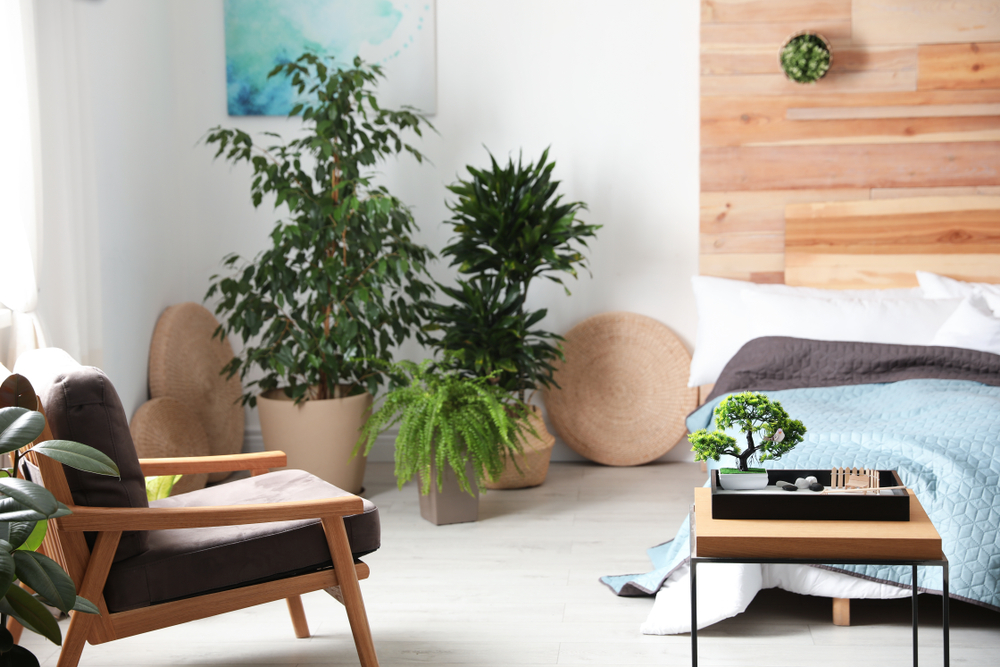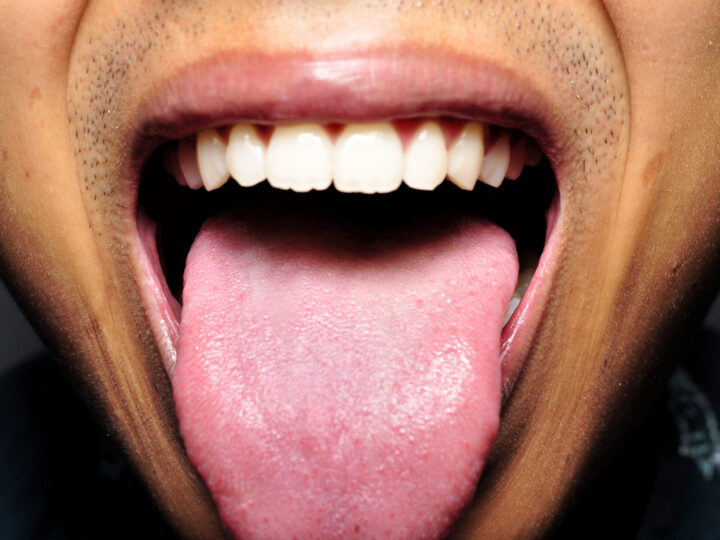THE ART OF ALIGNMENT
Feng Shui & Health

In the intricate tapestry of holistic health, the ancient Chinese principles of Feng Shui emerge as a subtle yet potent thread, weaving through the fabric of Traditional Chinese Medicine (TCM). Beyond mere aesthetics or architectural arrangements, Feng Shui delves into the energetic currents that flow through living spaces, influencing the Qi (energy) of the inhabitants. This exploration navigates the interplay between Feng Shui principles and TCM, unraveling the profound connections between the arrangement of living spaces and the enhancement of one’s energy and overall well-being.
The Essence of Feng Shui: An Overview
a. Feng Shui and the Flow of Qi:
At its core, Feng Shui is the art of harmonizing the flow of Qi in the environment. Qi, often referred to as vital energy, is believed to circulate through spaces, impacting the health, prosperity, and harmony of those within. Feng Shui principles guide the arrangement of elements within a space to optimize the flow of Qi and create a balanced and harmonious environment.
b. The Five Elements in Feng Shui:
Feng Shui draws upon the concept of the Five Elements – Wood, Fire, Earth, Metal, and Water. Each element is associated with specific qualities, colors, and directions. Balancing these elements in a space is believed to promote equilibrium and enhance the energetic resonance within.
2. Feng Shui and TCM: A Symbiotic Relationship
 a. Shared Philosophical Roots:
a. Shared Philosophical Roots:
Feng Shui and TCM share foundational principles rooted in ancient Chinese philosophy. Both systems recognize the interconnectedness of nature, the human body, and the flow of energy. The principles of Yin and Yang, the Five Elements, and the concept of Qi are fundamental to both Feng Shui and TCM.
b. Energy Pathways:
In TCM, the body’s energy pathways, known as meridians, are crucial for overall health. Feng Shui extends this concept to living spaces, considering the pathways of Qi within the environment. Aligning furniture, colors, and elements in accordance with Feng Shui principles aims to enhance the free flow of Qi, promoting a supportive and nourishing atmosphere.
3. Practical Applications: Feng Shui in Living Spaces
a. The Bagua Map:
The Bagua Map is a key tool in Feng Shui, dividing a space into nine areas, each associated with a specific aspect of life (e.g., health, wealth, relationships). Applying the Bagua Map to living spaces allows for intentional placement of elements to enhance the energy related to each life aspect. For health, the Bagua area corresponding to the center of the space is particularly significant.
b. Color Harmony:
Feng Shui emphasizes the role of colors in influencing energy. In TCM, colors are linked to the Five Elements and specific organs. Harmonizing these colors in living spaces is believed to support the corresponding organs, contributing to overall well-being. For example, incorporating green and blue in the eastern Bagua area may enhance liver and gallbladder health.
 c. Natural Elements and Balance:
c. Natural Elements and Balance:
Integrating natural elements such as plants, water features, and crystals aligns with both Feng Shui and TCM principles. These elements are believed to carry specific energies that can harmonize and balance the environment. Plants, for instance, symbolize growth and vitality, contributing to a vibrant and healthy Qi flow.
4. Feng Shui and Emotional Well-being
a. Clutter and Energy Stagnation:
Feng Shui identifies clutter as a major hindrance to the smooth flow of Qi. TCM resonates with this concept, as energy stagnation in living spaces mirrors the potential stagnation within the body’s meridians. Clearing clutter is seen as an essential step to allow energy to circulate freely, benefiting both the physical and emotional aspects of well-being.
b. Emotional Resonance of Spaces:
Feng Shui recognizes that the energy of spaces can influence emotions. Unpleasant or chaotic environments may contribute to stress and anxiety, impacting emotional well-being. Aligning spaces with Feng Shui principles fosters a sense of tranquility and balance, supporting emotional resilience and harmony, principles deeply valued in TCM.
5. Feng Shui Consultations in TCM Practice
a. Holistic Assessment:
Integrating Feng Shui consultations into TCM practice allows for a holistic assessment of an individual’s well-being. Practitioners may consider not only the physical health of the patient but also their living environment. A harmonious living space is viewed as an extension of the individual’s overall health.
b. Recommendations for Energy Enhancement:
TCM practitioners incorporating Feng Shui may provide specific recommendations for rearranging furniture, choosing colors, and introducing natural elements to optimize the energetic flow within a patient’s living space. This approach aims to enhance the effectiveness of TCM treatments by addressing environmental factors that may impact Qi.
In the dance between Feng Shui and Traditional Chinese Medicine, the art of creating harmonious living spaces emerges as a potent tool for nurturing well-being. The symbiotic relationship between these ancient systems underscores the importance of aligning not only the body but also the surrounding environment with the principles of balance and energy flow. As individuals explore the intricate connections between Feng Shui and TCM, they embark on a journey to cultivate not just healthy bodies but also balanced and vibrant living spaces, fostering a harmonious synergy between the inner and outer realms of well-being.
Newer
The Art of Wholeness: Daoist Medicine Unveiled – Bridging Philosophy and Healing
Older
Mastering Seasonal Attunement in Traditional Chinese Medicine: Advanced Strategies for Optimal Health
Comments (0)
Leave a reply
You must be logged in to post a comment.




